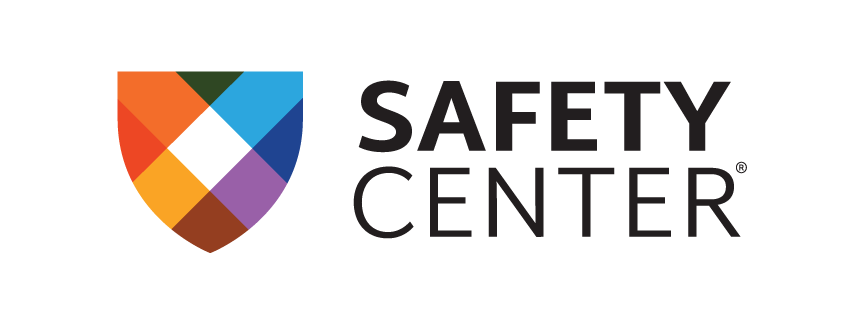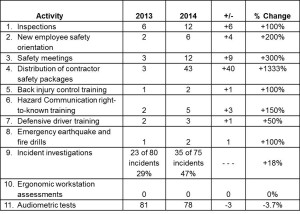A Safety Management Approach
Article by Bob Lapidus, CSP, CSMS
Dan Petersen, Safety Management – A Human Approach
Aloray, Goshen, NY
In Memoriam: Dan Petersen (1931-2007)
In Dan Petersen’s text, Safety Management: A Human Approach, he presented ten basic principles of safety from which all safety programs should build upon.
In April, we discussed Principle #1: An unsafe act, an unsafe condition, an accident: these negative events are symptoms of something wrong in the management system.
For June, we talked about Principle #2: Certain sets of circumstances can be predicted to produce severe injuries. These circumstances can be identified and controlled.
Now for July, we are reviewing Principle #3: Safety should be managed like any other organizational function. Management should direct the safety effort by setting achievable goals and by planning, organizing, and controlling to achieve them.
Truly a foundational principle, because this concept has everything to do with integrating safety with how an organization ought to be managed. The same principles used to manage a successful organization ought to be used to manage safety.
Modern safety management includes the setting of goals that are both result (or trailing indicator) and activity (or leading indicator) related. All losses come under the heading of trailing indicators while what an organization does to prevent and mitigate those losses are the leading indicators.
In the safety profession, losses have been the primary measurement of success, that is, whether there are fewer or greater losses and whether those losses are more or less severe. Professionals have spent decades attempting to analyze individual incidents, accidents, and injuries and seek to develop actions to be taken to prevent similar occurrences. It is a reactive effort that has oftentimes had excellent success. On the other hand, it is reactive, and over the years, analyses have determined that many factors (some out of management’s control) are involved in why frequency and severity fluctuate or even why a single loss occurs.
Leading indicators provide professionals with those positive things being done to prevent and mitigate the losses from happening in the first place. Some activities prove to be worthless, while others show themselves to be quite valuable. Below is an example of a chart comparing the number of activities an organization did from one period to another:
Once an organization commences to establish goals, documents both the trailing (result) and leading (activity) indicators, and analyzes the results, management and team members can initiate the planning, organizing and controlling of actions to enhance the current safety effort.
For More Information: To become part of discussions on topics like the one above, go to www.safetycenter.org to obtain information about Safety Center’s Safety Management Specialist Certificate.
After completing this nine-day program, graduates may take the exam to achieve the Certified Safety Management Specialist (CSMS) designation. Once this certification is achieved, successful candidates keep it for the rest of their lives without any additional requirements or fees.


